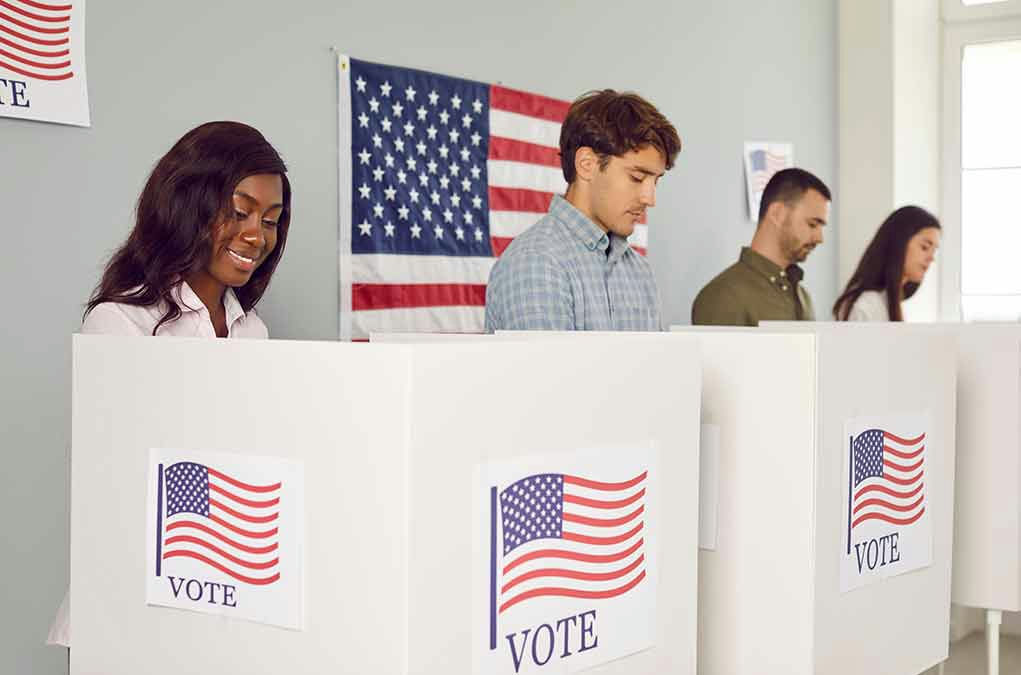JD Vance is leading the charge for the 2028 Presidential race, edging out top Democratic contenders in a new poll that reveals a shifting political landscape.
Vance: A Rising Star in the Republican Party
The latest Emerson College national poll has Vice President JD Vance leading against Democratic heavyweights Pete Buttigieg, Alexandria Ocasio-Cortez, and Gavin Newsom in hypothetical matchups for the 2028 Presidential election. Vance, who has emerged as a prominent figure following his alignment with President Trump, narrowly leads Buttigieg by 1 point (44% to 43%), Ocasio-Cortez by 3 points (44% to 41%), and Newsom by 3 points (45% to 42%). These numbers come as a surprise for many, given the early stage of the race and the significant portion of undecided voters, ranging from 13 to 15 percent.
JD Vance will be our president in 2028.
That’s a certainty.Democrats are imploding. pic.twitter.com/iaCcFrhF4j
— 🇺🇸 Ryan 🇺🇸 (@Ryan_In_Mi) July 27, 2025
Despite the narrow margins, Vance’s consistent lead across all matchups is indicative of his growing influence and appeal within the Republican Party. As an author and Senator turned Vice President, Vance has managed to position himself as a key player in the post-Trump Republican landscape, garnering support from significant figures such as Marco Rubio, who has publicly endorsed him and stepped back from a 2028 run.
Democratic Contenders: Searching for Leadership
On the Democratic side, the party is clearly in search of a new leader to rally behind after their loss in the 2024 election. The poll results highlight a fragmented Democratic field, with Buttigieg, Ocasio-Cortez, and Newsom all failing to surpass Vance in the current matchups. This internal division poses a significant challenge for the party as it seeks to define its direction and leadership in the coming years.
The Democratic contenders are all maneuvering for position, with Pete Buttigieg appealing to moderates, Alexandria Ocasio-Cortez representing the progressive wing, and Gavin Newsom leveraging his executive experience as California’s governor. However, without a clear frontrunner, the party faces a daunting task in consolidating around a candidate who can effectively challenge the Republican nominee.
Voter Indecision and Political Volatility
The high percentage of undecided voters underscores the volatility of the political landscape leading up to the 2028 elections. With the race still in its early stages, these undecided voters hold significant sway over the eventual outcome. This uncertainty opens the door for both parties to shape the narrative and influence voter perceptions in the coming years.
For Vance, maintaining his current lead will require a careful balance of appealing to the MAGA base while reaching out to a broader electorate. Similarly, the Democratic contenders need to find a unifying message that resonates with both their base and the undecided voters, who will be critical in determining the ultimate winner.
The Road Ahead
The early polling advantage for JD Vance not only solidifies his position within the Republican Party but also sets the stage for a potentially transformative election cycle. If Vance can maintain his momentum, he could very well redefine the GOP’s identity in the post-Trump era, blending populism with his own policy priorities.
🚨 Nick Fuentes prediction hot off the presses 🚨
JD Vance is going to run for President in 2028 pic.twitter.com/BisoWA5aKV
— KaizerRev (@Kaizerrev) June 22, 2025
Meanwhile, the Democratic Party faces the challenge of overcoming internal divisions and presenting a united front. The party’s ability to rally behind a strong candidate and coherent message will be key to its success in the 2028 Presidential race. As the political landscape continues to evolve, both parties must navigate the complexities of voter sentiment and the high stakes of the upcoming election.

